Biggest learning curve and most time on this project has been spent on the electrical system. Not knowing anything about vehicle electrics, or really even how electricity works, has been a steep but satisfying learning curve.
Will get into the wiring diagram later. Here’s the progress made on the actual bench this week.
This first bench test of the Motogadget m.unit blue looks messy, but it’s really just doing this:
- Power on by connecting power to the ignition input (as if you were turning your key). “M.ride ready” is the speaker on my phone, which has the Motogadget m.ride app, which is paired securely to the m.unit.
- Press handlebar button on left to start left blinker, then right button to start right blinker. The blinker tick-tock noise is simulated through the phone (and through your blue tooth helmet headset, if you want)—it’s a setting you can turn off, too. Considering the what, No.3 cause of motorbike accidents are in traffic turns, it seems like A Good Thing™ to know when your blinkers are on or not.
- Turn headlight on, then headlight highbeam flash and stay on, and all off, all with different presses of the dedicated headlight button on the handlebars (also configurable).
- Brake light test (by grounding the light—simulating your foot or handlebar brake switch connecting (or disconnecting the circuit, depending)
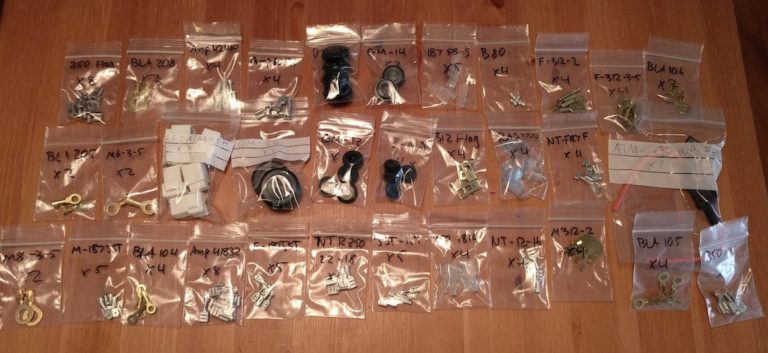
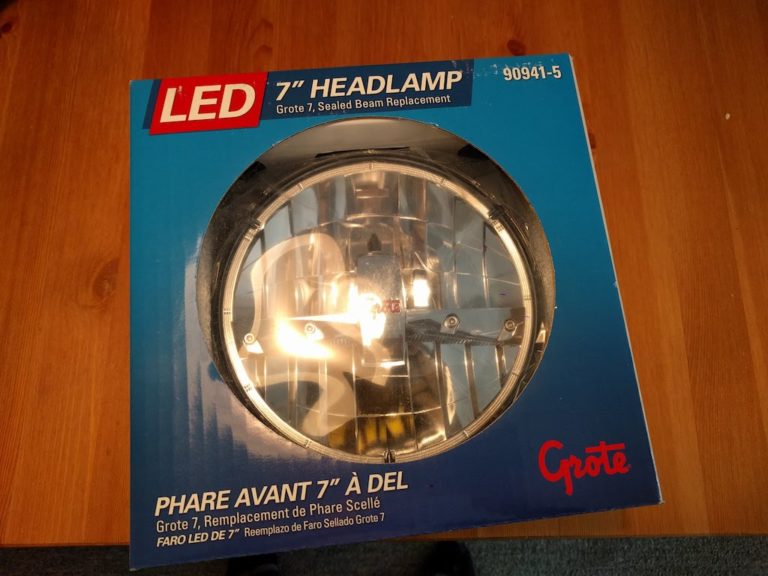
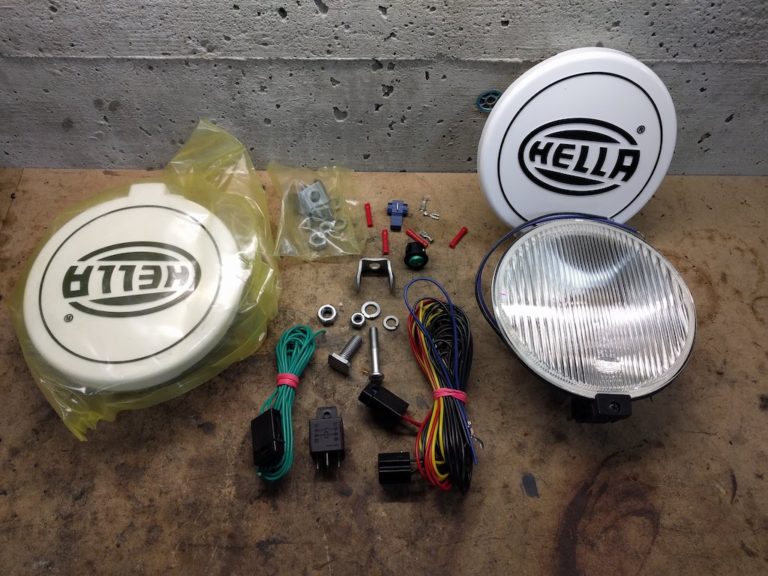
I really, really like the toggle feel of this waterproof switch I got from Del City.


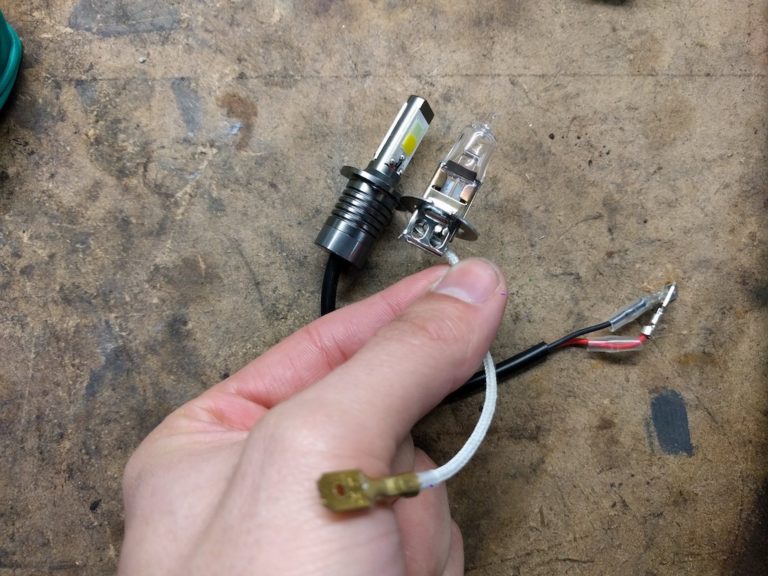
For the fog lamp experiment I wanted to try some cheap LEDs, but with the desire to have the drop-in H3 for the Hella lenses, and the temperature as warm as possible (most bulbs are a very white or blue light), and bright as possible, it narrowed down the field considerably. I think these pair were $25 on Amazon, and they have this weird feature of dual temp—turn on, one temp, turn off then on again, another temperature.
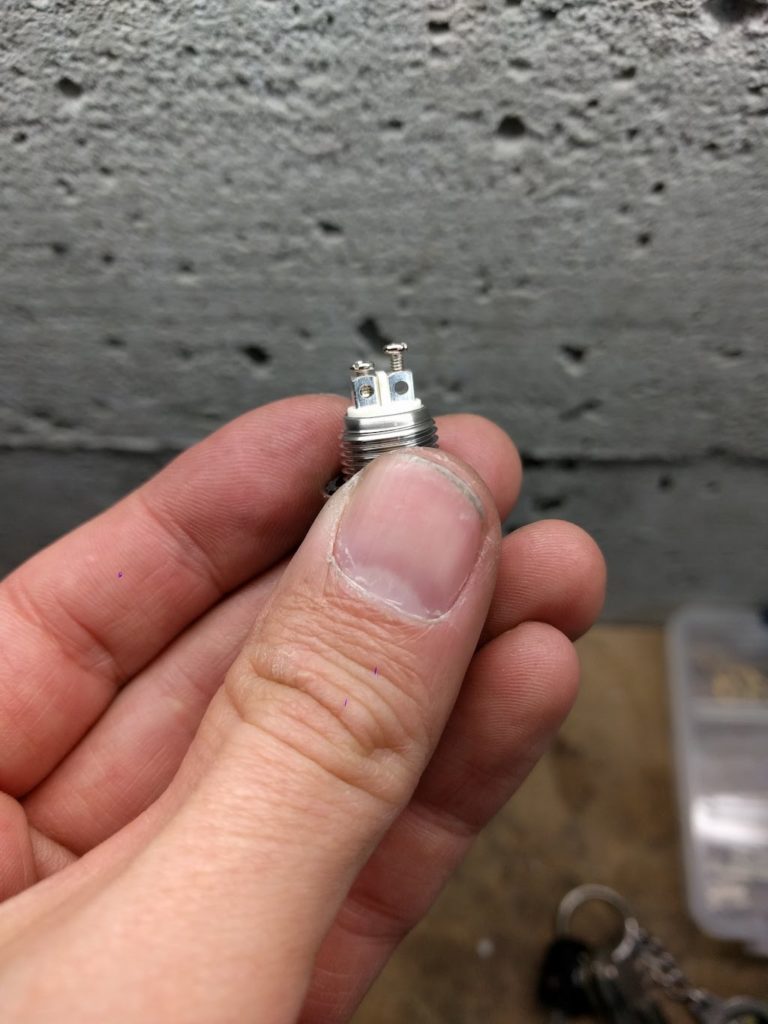
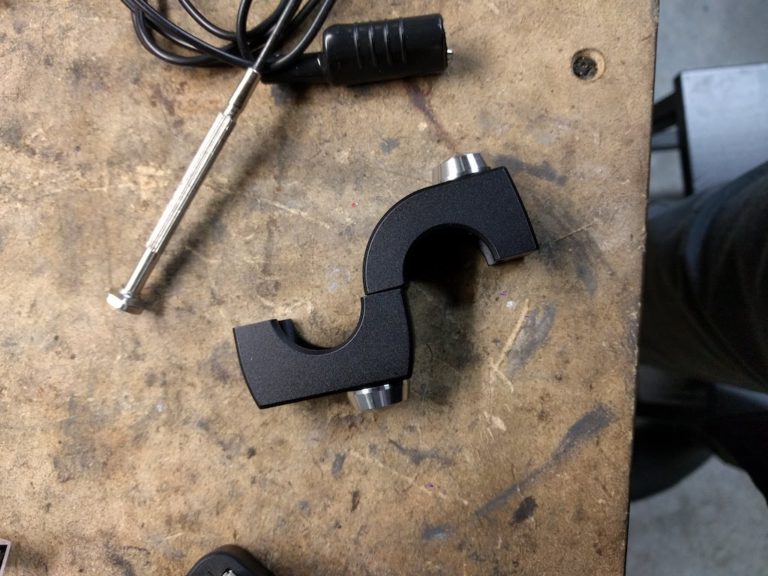
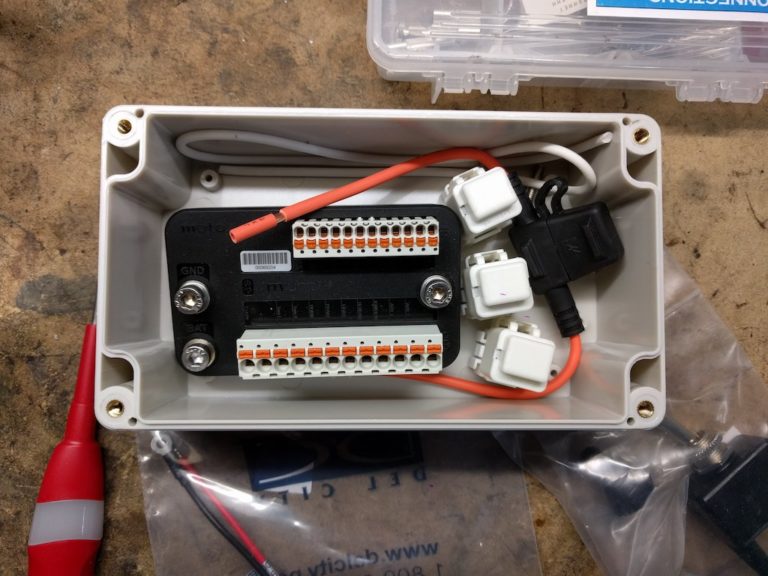
Leave a Reply